Caribbean island of flowers
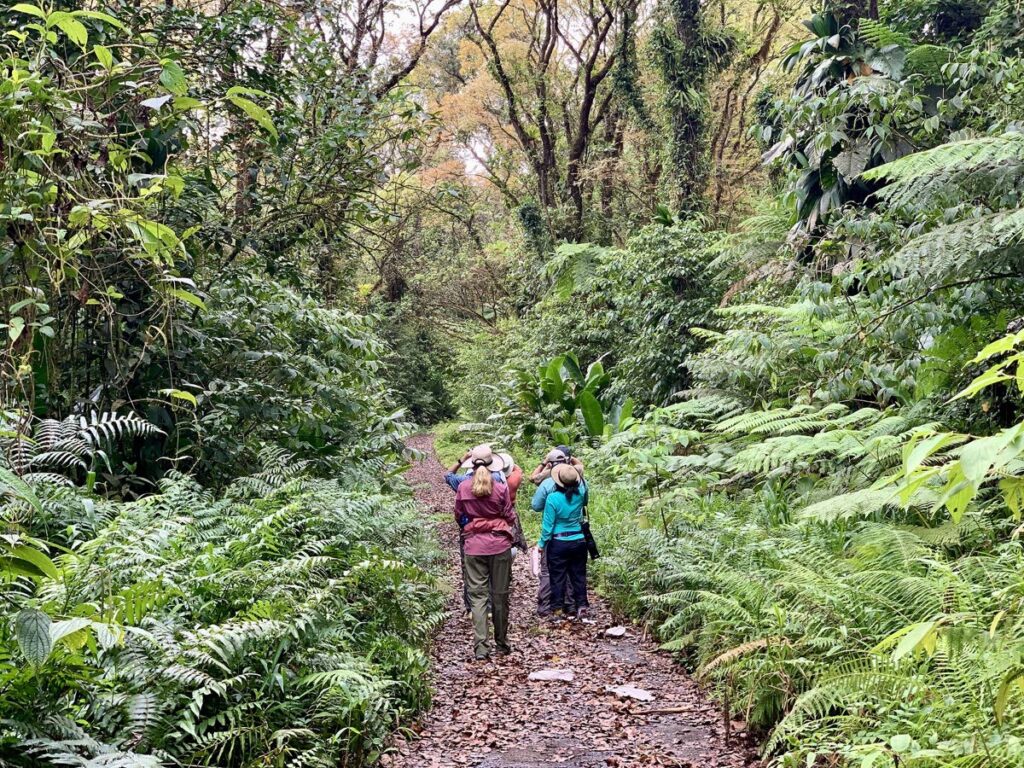
In the Lesser Antilles, there are three designated Unesco Man and Biosphere Reserves, St Kitts and Nevis, Tobago and Martinique. Joanne Husain looks at how the Unesco designation is being used to define Martinique’s land and ocean territory.
In the heart of the Eastern Caribbean between the islands of Dominica and St Lucia, lies the French island of Martinique. Known as The Island of Flowers, Martinique boasts a unique combination of breathtaking landscapes, marine marvels, exceptional biodiversity and rich culture alongside a commitment to sustainable economic and social development.
On September 15, 2021 Martinique was inducted into Unesco’s Man and the Biosphere Programme. This is the island’s second major Unesco recognition after the inclusion of Martinique’s traditional Yole Sailboat on the Intangible Cultural Heritage List in December 2020.
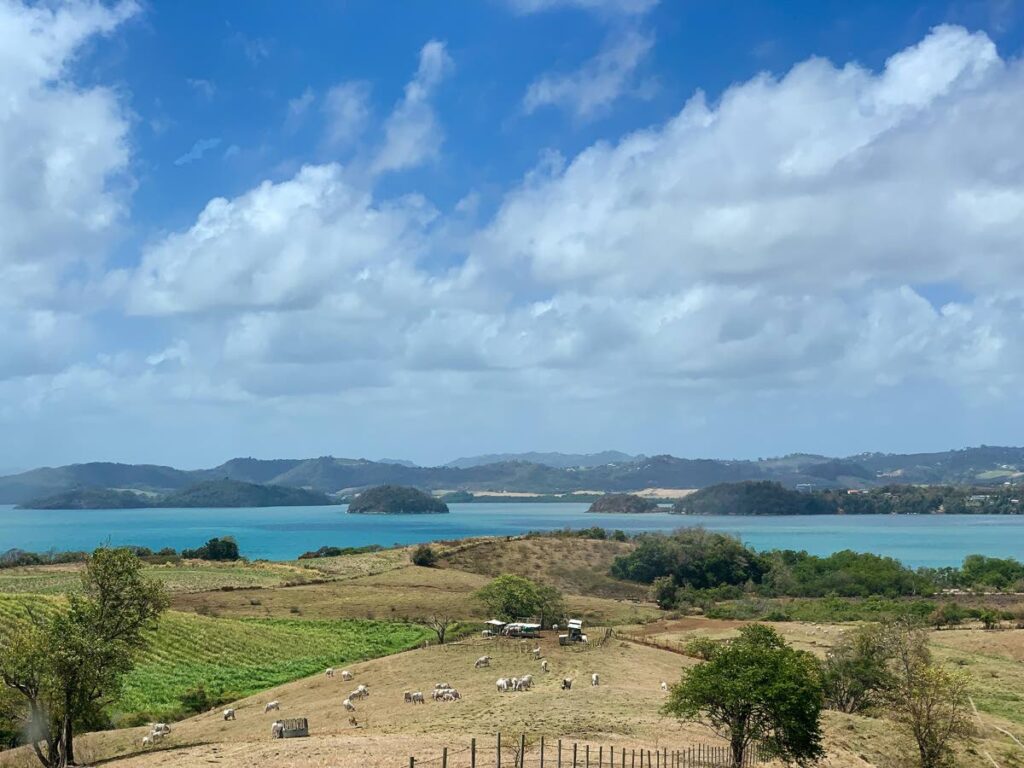
The Martinique Biosphere Reserve, the largest of such designated reserves in the Caribbean islands, encompasses 12 million acres of terrestrial and marine territory – the entire island and its marine Exclusive Economic Zone. Martinique is also recognised as one of the world’s biodiversity hotspots with numerous species of endemic flora and fauna in rare and endangered habitats. This monumental action to protect and actively invest in sustainably developing this territory is immediately discernible from the moment one touches down at the Aimé Césaire International Airport. Banners in the airport’s atrium sport contemporary design with evocative imagery, proclaiming the pride Martinicans take in this prestigious Unesco designation.
For the traveller who researches the destination prior to booking a ticket, the Martinique Biosphere Reserve has a notable online presence. Even a small amount of sniffing around the official website and social media reveals the importance placed on clear and effective communication (be prepared to practise your French or use Google Translate!). There are consistent updates on all platforms. Official biosphere photographers, videographers and other communication specialists ensure relevant, current, high-quality public content of the Martinique Biosphere Reserve.
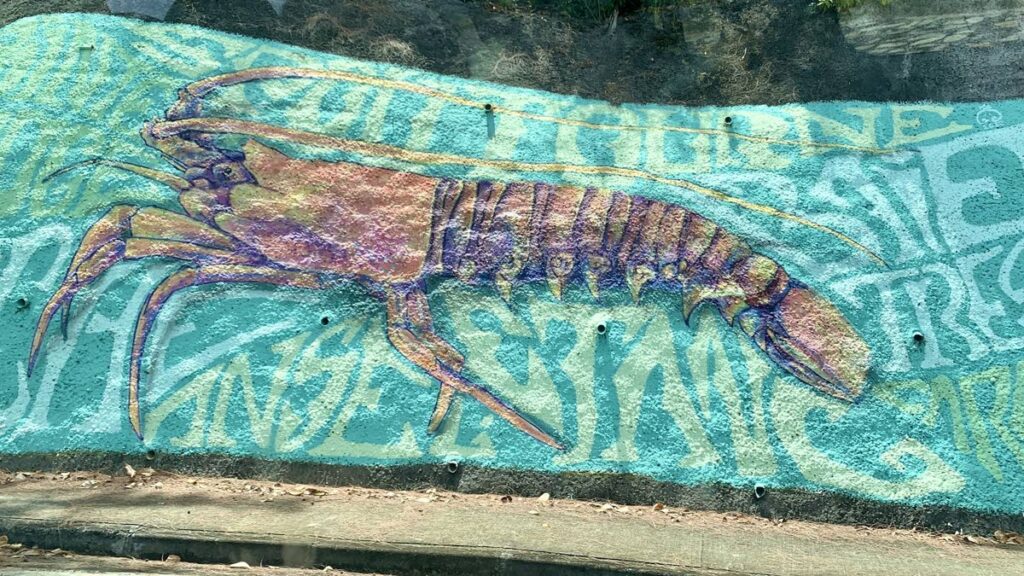
Such investment in creatives speaks volumes. It reflects a progressive attitude towards the arts as a serious cornerstone in instilling values and awareness within the collective consciousness of a community.
Martinique is a small island, only 1,128 km2 and is home to some 380,000 people with the south-west of the island most densely populated. The infrastructure is well maintained across the island and allows access to explore everything from bays and coves to lush rainforests. Two-thirds of the island is protected parkland. This was a conscious choice by Martinicans to limit the negative impacts of traditional large-scale tourism developments in favour of protecting its diverse ecosystems. Yet still, Martinique enjoyed record highs of over a million international tourist arrivals in 2017 and 2018. As elsewhere, the pandemic put a damper on arrivals, but Martinique continues to promote sustainable tourism experiences.
Hiking is perhaps the best way to experience the island of Martinique. There are over 250 km of well-maintained and marked trails. While on the Atlantic coastal trails of the Presqu’île de la Caravelle last April, an interesting chain of events unfolded, serving as a reminder that biospheres aren’t just designations worthy of signage, but more importantly involve tangible on-the-ground actions.
Some members of our birding group strayed off the trail by a few metres but were promptly called back by a park ranger. Despite a potential ticket, no punishment was given. A special ranger was assigned to guide us deep into the park and ensured we saw our target species, the endangered White-breasted Thrasher. It was inspiring to witness the effective operation of the national park system, thanks to knowledgable rangers enforcing regulations designed to not just protect species, but minimise disturbance of their habitats.
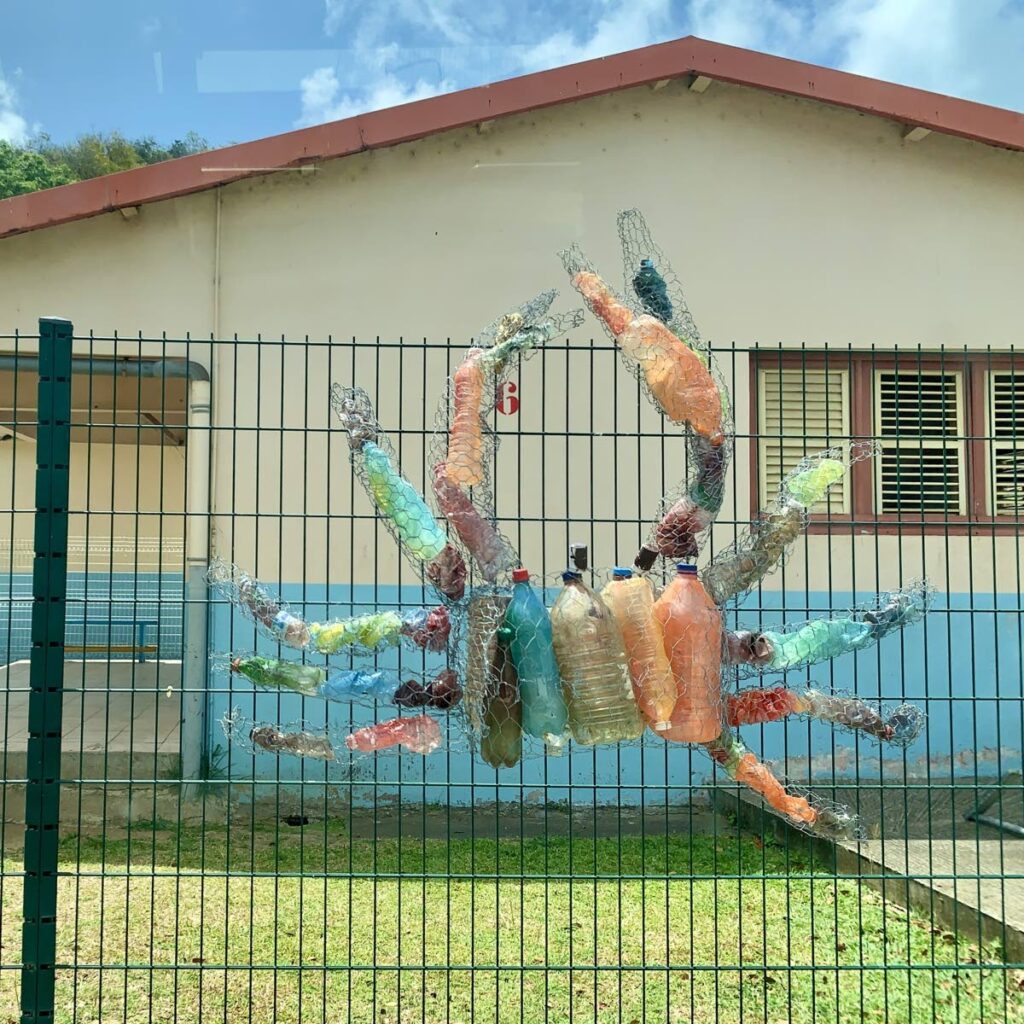
Within Martinique’s rainforest, one can easily forget the island location, as the presence of bromeliad-laden branches and glimpses of the rare Blue-headed Hummingbird easily evoke a Central American ambiance. The rainforest dominates the island with the majestic Pitons du Carbet and Mont Pelée in the north. Fertile volcanic soil supports varied species of flora, many of which are endemic to the island. Martinique boasts its own endemic bird, the Martinique Oriole, this beautifully coloured species is listed as Vulnerable on the IUCN Red List. It holds a special place as the island’s national bird, revered and cherished.
Beyond the forest, the influence of the biosphere reserve is evident. In the charming seaside village of Tartane, fishermen weave beautiful fish pots – a nod to the preservation of traditional artisanal fishing methods. Outside a beachfront school in the same village, a striking crab sculpture made from wire and plastic bottles sits on the fence. The property is adorned with artworks created from upcycled materials. Delving deeper into the island’s environmental education programmes, we discover an exceptional initiative called Eco-Ecole. This programme aims to instill the fundamental principles of eco-citizenry in the younger generation, reinforcing the importance of Martinique as part of Unesco’s Man and the Biosphere Programme. Classroom activities and discussions revolve around sustainability, regeneration, and fostering a harmonious and positive relationship with the natural world.
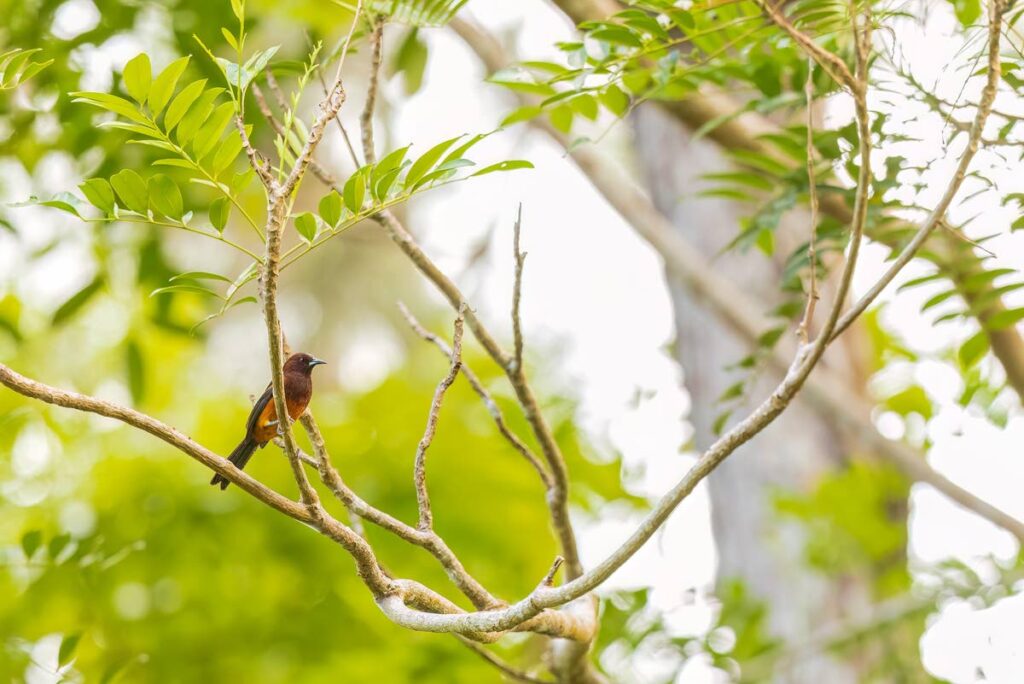
Litter is a rarity on the streets of Martinique, thanks to strict regulations against single-use plastics and Styrofoam in the restaurant industry. The island demonstrates a commendable reduction in waste, while embracing eco-themed art and incorporating local flora and fauna even in graffiti. How did this biosphere reserve manage to shift its citizens’ mindset and overcome obstacles that hinder other islands? The answer lies in effective governance. Prior to receiving its designation, Martinique’s citizens had already shown a strong commitment to their environment.
The Martinique Biosphere Reserve is managed by a committee and guided by science with expertise from state establishments, professional organisations, association actors, and civil society. Based on proposals by Martinicans during 34 territorial public meetings, the management plan focuses on preservation, protection and enhancement of biodiversity and natural resources; re-appropriation of the cultural identity of the territory; promotion of sustainable activities; environmental education; and scientific research.
Here in TT, we have our own biosphere reserve in North-East Tobago which was declared in October 2020. As Caribbean islands, we share environments, history and culture. So too, we can share our know-how in dealing with the same or similar challenges. After all, biosphere reserves are “learning places for sustainable development.” Surely, there is opportunity to collaborate with our Caribbean neighbours to learn and grow.

Comments
"Caribbean island of flowers"